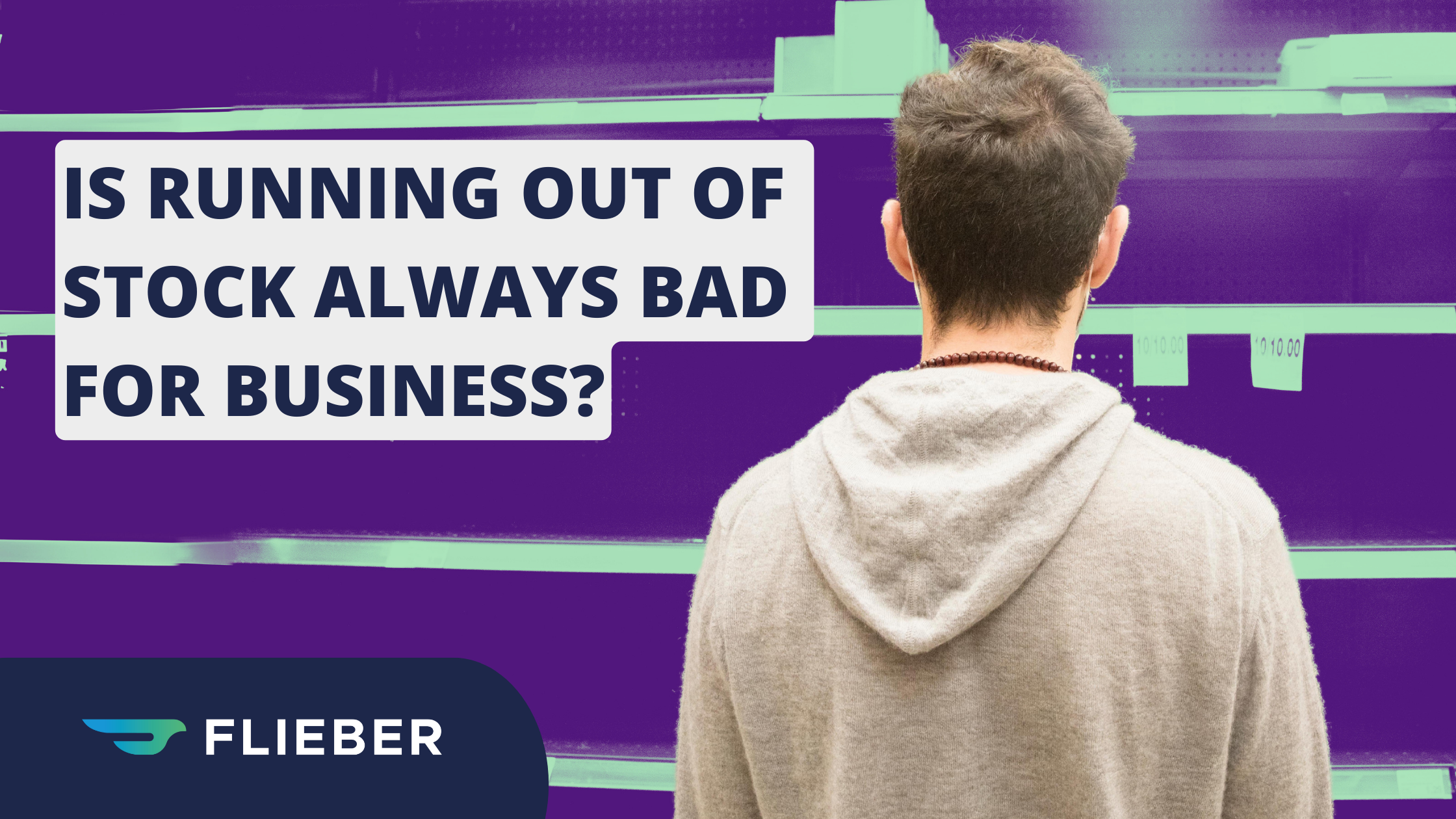The other day, I was chatting with a customer who said something that transformed my view on inventory. He said: “If I run out of stock on Amazon, I'm screwed. But I love running out of stock on Shopify.”
That’s right. He used the ‘L’ word to refer to stockouts. A problem known for contributing to nearly $2 trillion in inventory costs. Clearly, I needed to know more.
On marketplaces like Amazon and Walmart, stockouts aren’t just damaging for current sales, they can permanently impact rankings and visibility, costing you even more revenue in the long term. But that isn’t always the case for DTC and Shopify.
So when exactly does it make sense to go out of stock? Let’s examine three core scenarios.
1. When FOMO is at the core of your brand
There’s a reason consumers wait up to six years for the Hermès Birkin bag. When exclusivity is an essential brand ingredient, the idea of waitlists and limited availability doesn’t hurt your business, it helps it.
This comes down to a phenomenon commonly known as (fear of missing out) FOMO. Consumer psychologists have long studied the role of FOMO in influencing behaviors like bulk buying, impulse buying, and paying above average price for the same product.
At the core of FOMO, is the idea of being one of the few “in the know”. The same idea applies to the trend of ‘limited drops’ for brands like Supreme, Nike, and even F&B brand, Last Crumb.
Due to the beauty niche our customer operates in, the sense of exclusivity they gain by going out of stock on Shopify works wonders for their sales. But tapping into FOMO doesn’t work for everyone.
On Amazon, for example, shoppers are searching for products, not brands. Sure, Amazon sellers may occasionally tap into scarcity marketing for Lightning Deals. But not having enough inventory can lead to lost rankings before you even go out of stock. And it can take days, or even weeks, to recover.
If you’re a brand that benefits from a high amount of FOMO and a strong backordering strategy, strategically going out of stock can help you drive increased demand. On Amazon, avoid it at all costs.
And if you’re on both channels? Make sure you have visibility into both your Amazon and Shopify inventory. With a complete view of your inventory across locations, you can make sure you’re always well stocked on Amazon, while strategically managing your product availability on Shopify.
2. When you need to avoid overstocks on slow-moving products
Did you know US retailers have roughly $1.43 stuck in stock for every $1 sale they make?
At the end of the day, there are only two types of products: the 20% of products that generate up to 80% of your sales, and the 80% of products that deliver roughly 20% of your sales.
Believe it or not, avoiding too much inventory on the slow-moving 80% is just as important as never running out of your best sellers.
This is because virtually all retail businesses die rich in stock and poor in cash.
Overstocks cost retailers $562 billion worldwide. The more capital tied up in excess inventory, the less money available to pay your team, grow your products, and invest back into your brand.
That’s where going out of stock might make sense.
Rather than ordering more units that will likely result in overstocks, you can choose to strategically order the lowest possible amount of slow movers and risk going out of stock, in order to invest your capital in the top 20% of products that deliver the lion’s share of your sales.
3. When you’re dealing with products that have a limited shelf life
Last but not least, going out of stock can be a strategic move to limit your inventory risk for products with a limited shelf life.
For example, if you’re an FMCG brand dealing with volatile lead times and looming expiration dates, you may choose to deplete your existing stock before restocking, to minimize waste and reduce the costs associated with offloading obsolete inventory.
The same may be true for electronic brands, healthcare, cosmetics, floriculture and other similar categories.
In many of these cases, the opportunity cost of excess stock can be just as damaging as the increased carrying costs. Even with rapid pricing adjustments, reduced margins and wasted capital means fewer resources to invest in future inventory.
Instead, you can opt to limit your inventory availability, or even go completely out of stock, until you’re in a position to sell a fresh batch of inventory with the right amount of margin.
Stockouts are usually more pain than gain
While strategic stockouts can bring benefits when selling exclusive products, preventing overstocks, and reducing the risks related to products with limited shelf lives, it’s often best to avoid them.
Even if your business meets one or more of the above scenarios, take time to carefully analyze the potential impact of going out of stock, including potential drawbacks like loss of customer loyalty and the impact on overall sales.
Strategic stockouts can make customers even more keen to get their hands on that limited amount of inventory, but it's essential to strike the right balance between creating scarcity and meeting customer expectations.
Master your multichannel inventory. Get full visibility across sales channels and inventory locations with Flieber. Set up is fast and free. Try it now to learn more.



-1.png)

